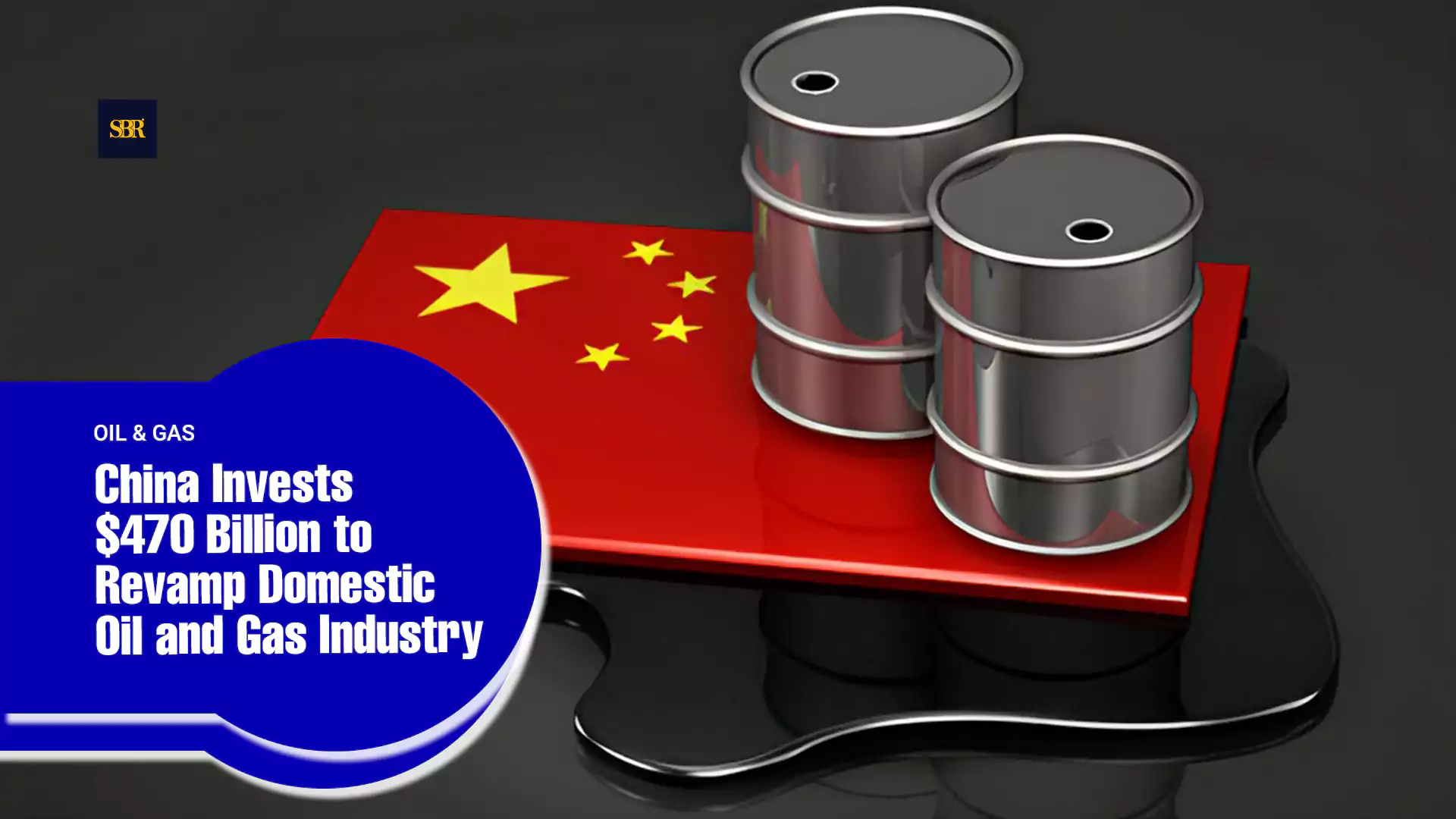China Invests $470 Billion to Revamp Domestic Oil and Gas Industry
Beijing is pouring massive funds into drilling and production aiming to reduce reliance on imports and modernize the nation’s energy sector.

(Photo: SBR)
BEIJING, Nov. 6, 2025 — China has long been the world’s largest energy consumer while depending heavily on imported oil and gas. Recognizing the risks of this reliance, Beijing launched a sweeping program to increase domestic production. Since 2019, Chinese oil companies have invested nearly $470 billion in exploration, extraction, and field redevelopment. The push is about more than economics. Geopolitical tensions and global supply disruptions have made energy security a top priority. State-run companies are tasked with raising output while reducing costs and improving efficiency. The scale and speed of these efforts make the program one of the most ambitious energy initiatives in the world.
Why So Much Money
The scale of investment is striking. Chinese companies are spending far more than many international oil majors, who have remained cautious in recent years due to price volatility. Domestic production is seen as cheaper and more reliable than importing LNG or crude oil. One executive compared it to tap water and bottled water, saying tap water is easier, cheaper, and more dependable. Incentives for private companies, faster permitting for new projects, and support for advanced technology all signal that Beijing views energy independence not just as a goal but as a national imperative.
What Changes are Underway
New Geography: Offshore fields are becoming increasingly important. The Bohai Sea alone now produces a significant share of China’s oil output. Between 2018 and 2024, one major operator lifted offshore production by 60 percent. The South China Sea and other coastal regions are seeing similar efforts, with new drilling platforms and pipelines connecting production zones to refineries and distribution networks. These expansions are crucial for ensuring steady supply while reducing reliance on imports from unstable regions.
New Technology: Older onshore fields are being revitalized. Companies are injecting CO₂ underground to increase oil recovery and exploring shale reserves beneath existing reservoirs. Advanced seismic mapping, automation, and modern extraction techniques are allowing firms to extract more while controlling costs and environmental impact. Technology is becoming a key differentiator, and companies that adopt innovative approaches are seeing faster gains and higher efficiency.
Could Global Demand Reshape the Outcome?
China faces a risk that rising production may collide with slowing domestic demand. Oil demand growth is moderating as the economy cools and cleaner vehicles replace traditional fuels. Natural gas still has room to grow, particularly for industrial use and power generation, but analysts wonder whether production could outpace consumption. If it does, global markets could feel the impact, with prices fluctuating and exporters adjusting strategies. Domestic surplus may also encourage China to become a more active player in regional markets, exporting more energy to neighboring countries.
What It Means for the World
China’s ramped-up domestic oil and gas production changes the dynamics for exporters who once relied heavily on the country’s imports. International majors that counted on China as a dependable growth engine may face new uncertainty. At the same time Beijing strengthens its strategic position. Higher domestic output means greater resilience against global disruptions and less dependence on foreign supply chains. The move also signals that China intends to control its energy future and is willing to invest heavily to do so.
China’s $470 billion investment in domestic oil and gas is not just about increasing output. It reflects a long-term plan to modernize the industry, boost efficiency, and assert strategic independence. How global markets respond and how supply chains adjust will be closely watched as China balances production, technology, and demand in the years ahead.
China’s massive investment is modernizing domestic oil and gas production and reducing dependence on imports.
Inputs from Diana Chou
Editing by David Ryder







